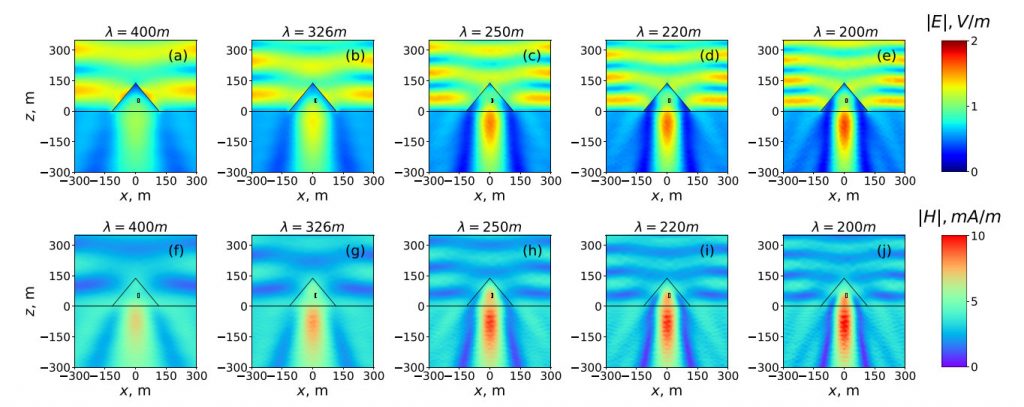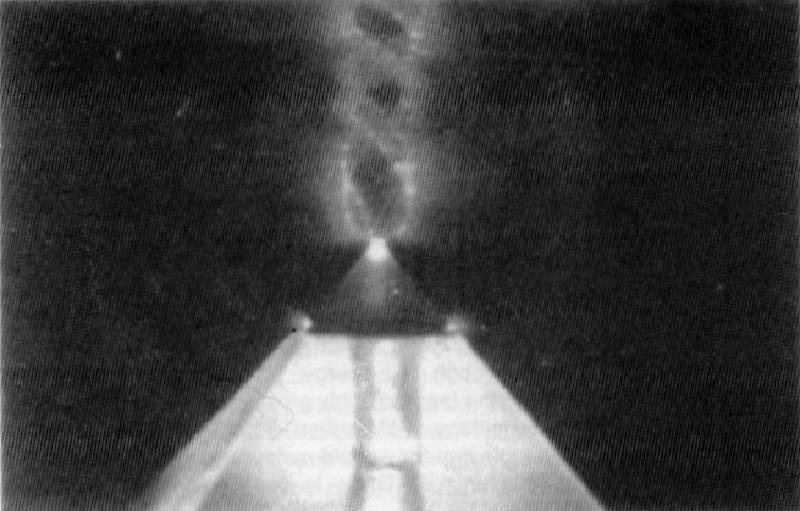"The Great Pyramid was able to concentrate electromagnetic energy inside its chambers but also well beneath its base, where an unfinished chamber is located."
If you ask any mainstream archaeologists what the pyramids of Egypt are, their immediate answer is tombs. While this may very well be so, many pyramids, both in Egypt and the world, are not. Egypt is a land surrounded by myths, legends, and inexplicable things. The Pyramids at the Giza plateau are no exception. Despite centuries of study, scholars can still not fully explain how and why the pyramids were built.
The Great Pyramid of Giza is shrouded in legends and myths, and regrettably, we have little scientifically reliable information about the structure itself and its physical properties. We know it was built thousands of years ago and is a project like no other. Also referred to as the Pyramid of Khufu or the Pyramid of Cheops, it is the oldest of the three pyramids in the Giza pyramid complex.
Mainstream scholars are convinced (despite lacking proper and conclusive information) that the structure was built as a tomb over 20 years, finalizing around 2560 BC. The Pyramid was Initially 146.5 meters (481 feet) tall and the tallest human-made structure in the world for more than 3,800 years. For as long as it existed on Earth, it caused admiration among anyone who stood before it. This admiration has continued for millennia, which is precisely one of the reasons why the Great Pyramid has been the subject of many studies throughout history.
Theoretical Physics and the Pyramid
The latest study that caused quite a hype was led by scientists from ITMO University (Russia) and the Laser Zentrum Hannover (Germany). Using methods of theoretical physics, scientists investigated the electromagnetic response of the Great Pyramid to radio waves. They found that the Great Pyramid can focus electromagnetic energy and have created a model of the pyramid’s resonant electromagnetic response.
Science Alert explains that “electromagnetic radiation, including visible light, radio waves, and microwaves, radiates waves of oscillating electric and magnetic fields, and it’s all around us all the time.” Using calculations, the researchers demonstrated that in the resonant state, the Great Pyramid concentrated electromagnetic energy inside its chambers and well beneath its base, where an unfinished chamber is located. The conclusions were obtained based on numerical modeling as well as analytical methods of physics.
The Great Pyramid of Giza Can Focus Electromagnetic Energy
Scientists created a model of the pyramid and its electromagnetic response. They calculated the extinction cross-section and then estimated how the energy was scattered or absorbed by the Great Pyramid. Using multipole analysis, the scientists confirmed that the scattered fields concentrated inside the pyramid’s chambers and beneath its base. “Applications of modern physical methods and approaches for investigations of pyramids’ properties are important and productive,” the scientists explained in their paper.

Incredible insight
“It could allow [us] to make discoveries or get new information motivating new interests [in] the pyramids.” “Egyptian pyramids have always attracted great attention. As scientists, we were interested in them, so we looked at the Great Pyramid as a particle dissipating radio waves resonantly. Due to the lack of information about the physical properties of the pyramid, we had to use some assumptions.”
“For example, we assumed that there are no unknown cavities inside, and the building material with the properties of an ordinary limestone is evenly distributed in and out of the pyramid. With these assumptions made, we obtained interesting results that can find important practical applications,” says Dr. Sc. Andrey Evlyukhin, scientific supervisor and coordinator of the research.
Improbable that the ancient Egyptians knew
Despite this discovery, mainstream scholars argue that it is improbable that the ancient Egyptians knew about the pyramid’s electromagnetic properties, suggesting that this is just an interesting coincidence of how the pyramids stand. Whether or not the ancient Egyptians did know about its properties will remain perhaps forever shrouded in mystery. There are no ancient texts from the time the Great Pyramid was constructed.
The research paper was published in the Journal of Applied Physics.
Join the discussion and participate in awesome giveaways in our mobile Telegram group. Join Curiosmos on Telegram Today. t.me/Curiosmos





